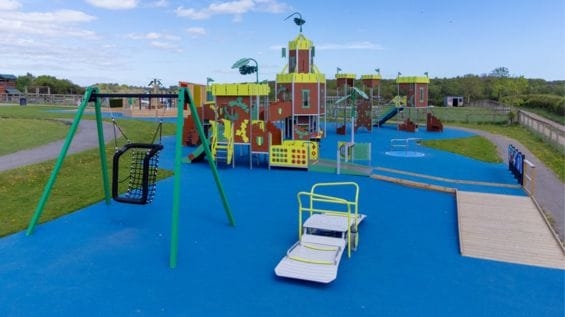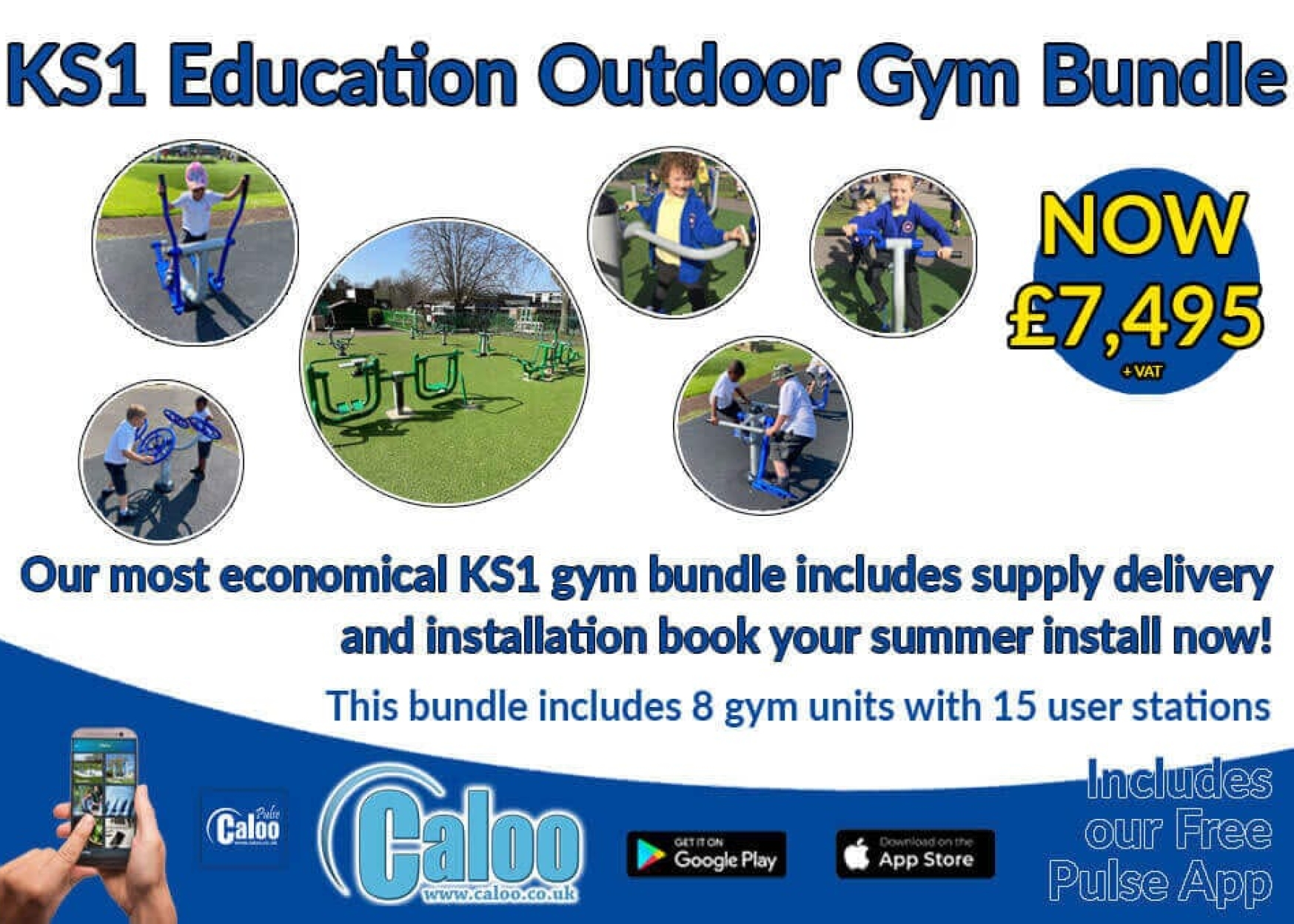
Aug

How to make your Playground Accessible to all children? Play Day 2025
Play is essential to every child’s growth, learning, and development, as well as their connection with others. On the first Wednesday of every August, there is a celebration across the UK for Playday. This year’s theme, in 2025, is Spaces to Play, which highlights the need for inclusive and accessible play spaces where no child is left out due to physical, sensory, or developmental challenges. Learn more about the importance of play through Play Day, a celebration of children’s right to play.
To create a playground that is truly accessible, there are three key areas to consider:
♦ Equipment
♦ Surfacing
♦ Physical access to the space
Inclusive Playground Equipment
Traditional play areas unintentionally exclude children with disabilities because the equipment is not designed with all users in mind. Inclusive playground equipment caters to children of all abilities who can play side by side. This allows everyone to enjoy the playground equally and promotes social interaction between children who may not otherwise have the chance to play together.
Popular examples of Inclusive Play Equipment include:
Inclusive roundabouts: Installed at surface-ground level so children with mobility challenges, including wheelchair users or those who require walking support, can use them. They are designed for everyone to enjoy together.
Wheelchair trampolines: These sit in the ground with gently sloped sides so that children using wheelchairs or walkers can join in. They are also helpful for younger children, as parents or carers can help them closely while they bounce.
Double slides: Designed with two slides next to each other, this equipment allows a child and an adult to slide together. It also works well for friends or siblings who want to enjoy the experience side by side.
Basket swings: Made with a wide, strong rope basket, these swings can support both children and adults. The large surface makes it easy for multiple children to swing together or for a parent or carer to sit with a child to provide support.
Sensory Play Equipment
Not all-inclusive equipment needs to involve climbing or physical movement. Sensory play provides a different type of experience that stimulates touch, sound, and sight.
These activities support development in all children and can be especially beneficial for neurodivergent children, including those who find comfort in repetitive movements and tasks.
The following are recommended for a sensory-friendly play space:
Sand, water, and nature play: These tactile experiences can support all children and may be especially meaningful for children who are blind, partially sighted, deaf, or hearing. Exploring textures offers an enriching way to engage with the environment through touch and sensory interaction.
Musical panels: Instruments like chimes or drums allow children to experiment with sound. These panels encourage creativity and provide a calming sensory activity.
Coloured panels: When sunlight passes through a semi-transparent panel, it reflects distinct colours, creating a simple yet captivating visual experience for children.
Encouraging Communication through Play
Playgrounds naturally encourage communication, but not all children use spoken language to interact. Children who communicate nonverbally, through sign language or visual cues, benefit from an inclusive playground design to support their needs and help bridge communication gaps.
Educational panels showing basic sign language, for example, can help hearing children learn how to interact with hearing-impaired peers. This not only improves communication but also helps expression, understanding, and friendship.
For children with visual impairments, braille panels add an extra layer of interaction. These features give children the chance to explore and enjoy play in ways that work for them.
Surfacing for Inclusive Playgrounds
An accessible playground must include safe and well-suited equipment. The surfacing beneath equipment plays a key role in fall protection and mobility access. It must meet safety standards for critical fall height and provide enough shock absorption to reduce the risk of injury.
Wetpour
Wet pour surfacing is a great choice for playground surfacing. It offers a level of impact absorption, much reduced slippage in wet conditions, and is smooth enough for wheelchairs and mobility aids. This makes it both a safe and accessible option for all users.
Accessible Pathways to the Play Area
Creating an accessible playground is not only about the space itself. The pathways that lead to and surround the area must also be suitable for all users. Without inclusive access, the play space will be difficult to access.
SUDS Bond
SUDS Bond is a durable surface made from a mixture of decorative aggregates and recycled tyres. It is porous, allowing rainwater to drain quickly. This reduces the risk of puddles and slippery areas. SUDS Bond is firm and smooth, which makes it suitable for wheelchairs, prams, and buggies.
Resin Bound Gravel
Another option for accessible pathways is resin-bound gravel. This surface combines gravel with a strong adhesive to form a smooth and level surface. It is highly permeable, so water drains more easily. Resin-bound gravel provides a smoother, more accessible surface that can be safer and more comfortable for users with mobility impairments or those with mobility aids. Its smooth finish helps wheelchairs, walking aids, and pushchairs move around without difficulty.
Physical Access to the Playground
Once a child reaches the play area, it is important that they can get in and out of the space safely.
Fencing and gates play a crucial role in safety and should comply with BS EN 1176 standards, being at least 1 metre high or, for playgrounds, the recommended height of 1.2 metres. Fencing and gates installed should also offer better visibility, enabling parents and carers the ability to easily supervise children from outside the play area.
There should be a minimum of two gates to ensure easy access and exit. Gates should open outwards to prevent dogs or other animals from entering the play area and to allow for quick exits if needed.
When selecting gates, consideration of width and safety is important:
♦ Is the gate wide enough for a wheelchair user?
♦ Can a parent or carer push a pram through it?
♦ Gates with anti-trapping features include a small gap between the post and the gate to prevent fingers from being trapped. Adding a soft-close mechanism also helps reduce the risk of injury by slowing down the movement of the gate as it shuts.
How can Caloo help?
We design and install inclusive playgrounds that allow all children to enjoy the benefits of play. From the first concept to long-term maintenance, we collaborate closely with clients across multiple sectors to make sure every space is accessible, engaging, and safe.
Ready to create a more inclusive and engaging play space? Get in touch with the Caloo team today to discuss the right solutions for your play space.

















